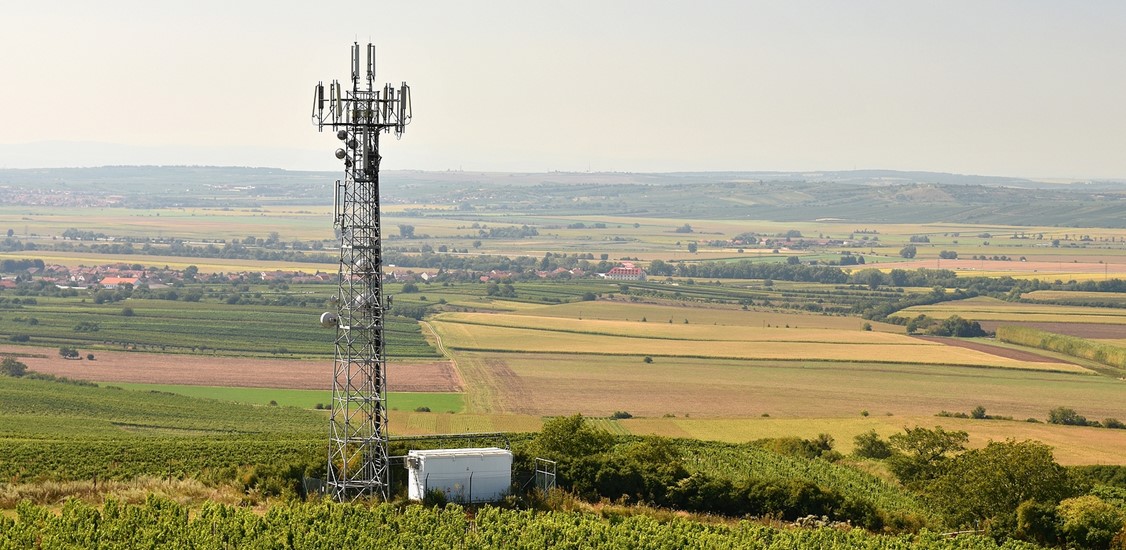The COVID-19 pandemic amplified a lot of problems. Among them was the disparity in access to affordable, high-speed internet. Virtual jobs, classrooms, and healthcare services were vital in keeping most of society afloat once in-person services shut down, although the transition was challenging. For the millions of Americans without broadband services, that transition was nearly impossible.
Without access to broadband services, getting online is difficult, but even if you have the service, it does you no good without an expensive digital device. And if you have broadband and the device to access it but don’t have a fast network, you can never really hope for growth. Access to reliable, high-speed internet would benefit anyone, but for people living in poverty, it could completely change their life.
Affordable access to devices and a quality broadband network can solve many of our socio-economic problems.
1. Access makes life easier
Access to technology makes the daily activities of life much more manageable, leaving people with more time and energy to dedicate to overcoming economic struggles. When schools and workplaces shut down during the pandemic, the basic tasks of getting educated and going to work became 10 times more difficult, but technology stepped in to cushion the fall. Paying bills and applying for small business loans or unemployment benefits were made easier online. But if you lived in one of the 42 million U.S. homes that lack access to broadband services, life was just 10 times more difficult.
As COVID-19 further strained the digital divide, the federal government issued the Emergency Broadband Benefit (EBB) for low-income households and the Emergency Connectivity Fund (ECF) – $7.17 billion for schools and libraries – to equip more places with the tools and services needed for remote learning. Already, the ECF has made a total commitment of over $2.6 billion, including over 6.1 million connected devices and nearly 2.9 million broadband connections, serving millions of students. A crisis made broadening access to high-speed internet crucial, but the expansion of opportunities in the process will have a ripple effect throughout households.
Earlier this month, we witnessed history being made with the passing of the Bipartisan Infrastructure Deal, the largest single investment in broadband by the federal government with $65 billion for broadband deployment in underserved communities. Additionally, this legislation will lower the cost of internet services, enabling Americans across the country to have better access to job opportunities, online education, and remote healthcare. We still have a long way to go, but it’s progress like this that gets us closer to ensuring digital equity in our country now and for generations to come.
2. Advance your skills from anywhere
Access to education can advance your career and provide financial stability, and the pandemic has forced us to realize that technology can bring educational opportunities anywhere. One 2015 analysis found that urban students outperformed rural ones by about a full year’s worth of schooling in 37 countries, but expanding access to remote educational services could close this gap. Before COVID-19, however, the costly issue of rural broadband expansion had been mostly delayed and avoided.
Service providers today are building in metropolitan areas where it makes sense, but underserved rural areas have little infrastructure to build upon, making them harder and more expensive to reach. As the pandemic exacerbated these existing disparities and emphasized the critical need for rural connectivity, the government went forward with its Rural Digital Opportunity Fund (RDOF), which will provide $20 billion worth of broadband deployments over the next 10 years. Rural broadband advances education beyond the remote classroom, from four-year degrees to workshops and online courses. When people can develop specialized experience from anywhere, they can break out of the cycle of entry-level employment.
3. Build local partnerships
Access to affordable internet empowers individuals to organize themselves locally and get more done for their community, from the municipality to grassroots organizations. When we organize ourselves at the local level, we can better look out for our own interests instead of waiting for the federal government to do it for us. Rather than looking at this as a global or even national problem, we need to start as small as possible and ask ourselves how to invest in each particular region to solve its own particular problems.
Already, forward-thinking communities are getting creative with local partnerships to broaden access themselves. Since the 1990s, the city of Buffalo, MN has invested in municipal networks to offer affordable, high-speed internet access and is now leveraging local partnerships to expand its fiber-optic services to all homes. In 2015, Huntsville, AL built a fiber-optic network and leased it to Google Fiber and other providers to operate. Our company recently partnered with two Massachusetts utility companies to build fiber networks that provide broadband to their underserved communities. When technology is introduced into the regions that lack it, people are enabled to solve their own problems and live better.
Broadband has the potential to change lives, but even as programs roll out, getting the opportunities in front of people who have limited access to communication technologies has some inherent challenges. Making participation easy and accessible may be complicated, but our efforts to come up with solutions will be worth it. Expanding affordable access to high-quality networks will generate more qualified workers with higher incomes, which they can then spend in their communities. The investment will not only improve the quality of life for more people but pay itself back in full.






















